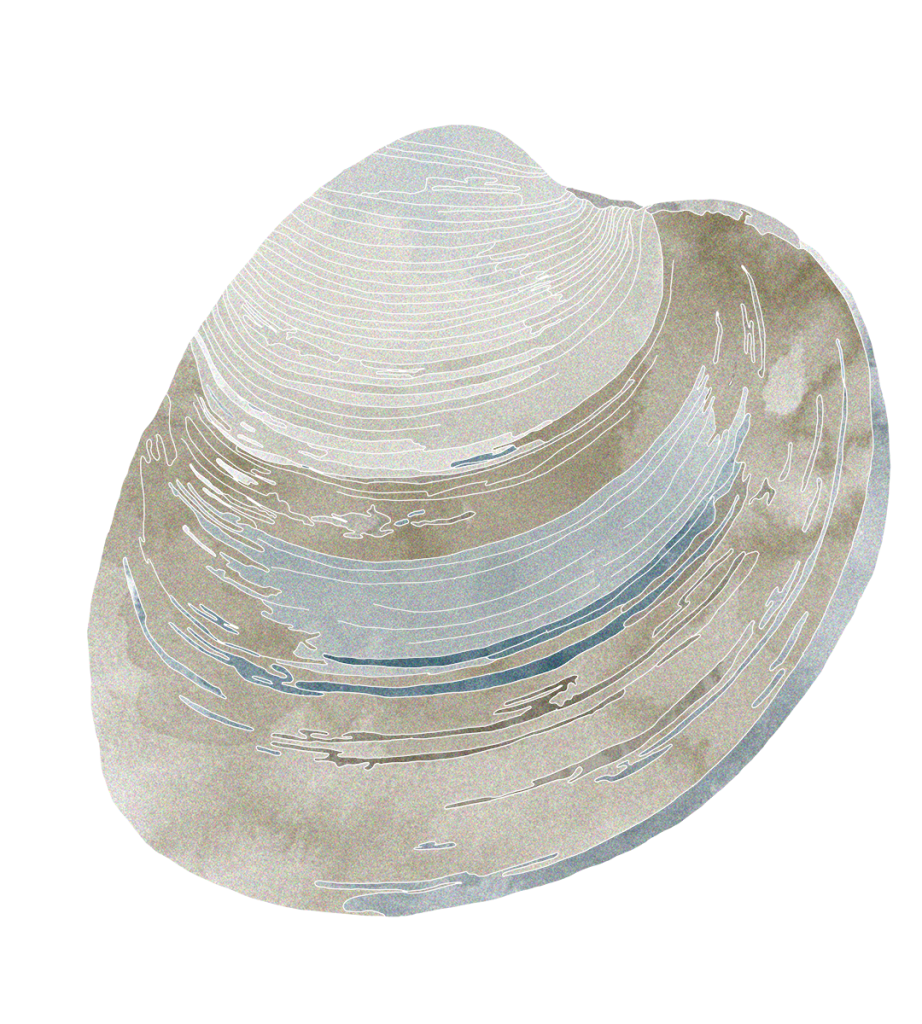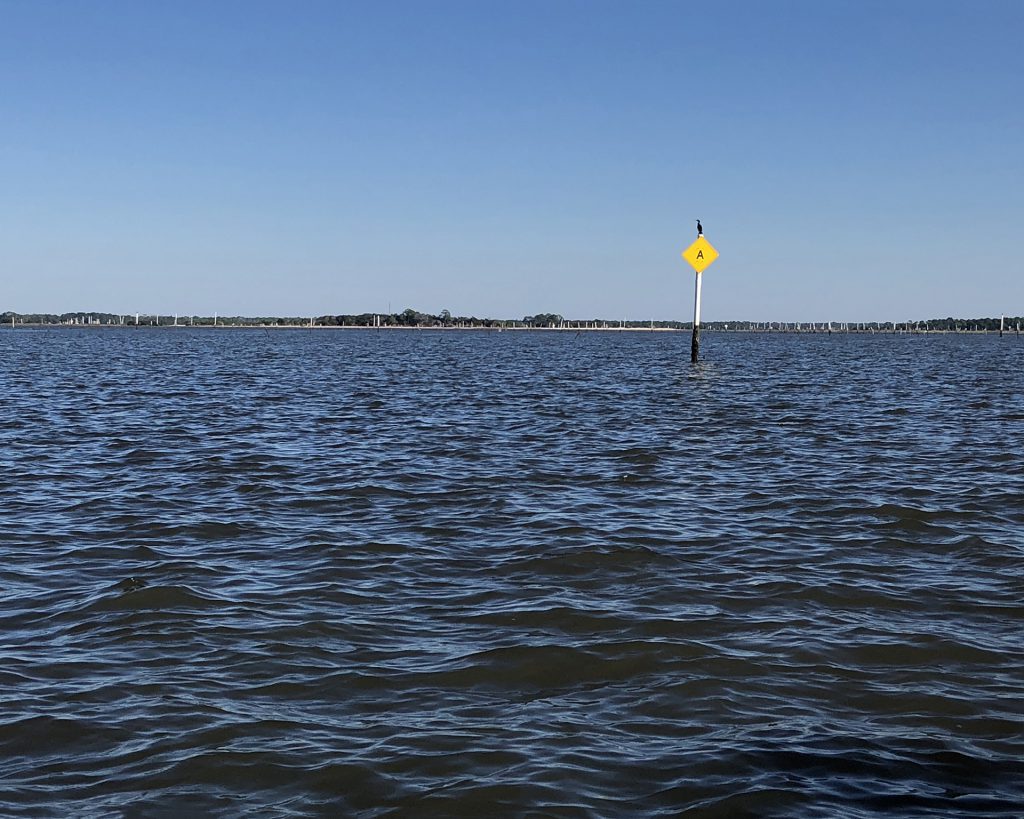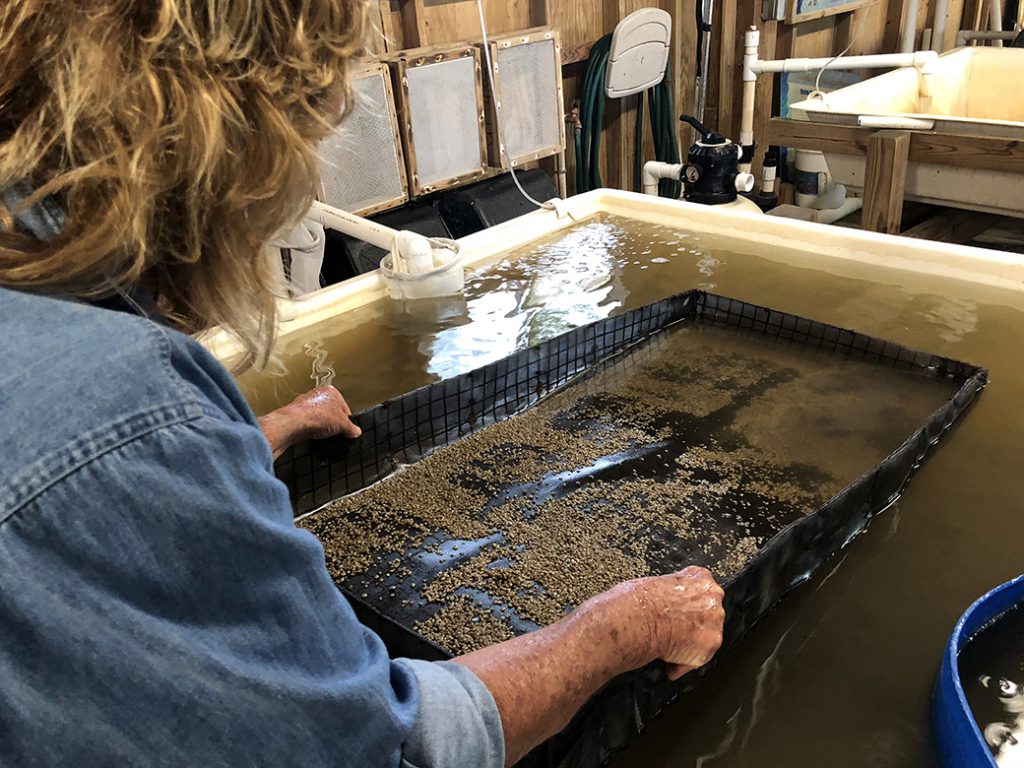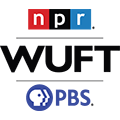What can the rest of us learn from Florida´s tiniest fishing village?
Many people know the story of how Florida’s tiny fishing village of Cedar Key turned to clam farming 24 years ago after voters statewide banned the gill nets fishermen had used to ply their trade for generations.

As many years as it took to train long-time fishermen for a new trade in aquaculture and grow the clams that begin as tiny seeds the size of a grain of sand, a less-visible part of the story took just as long – and offers key lessons for the rest of Florida as the state deals with a crisis of water pollution.
To farm clams, the people of Cedar Key had to commit to keeping their water clean. In so doing, the town has gone farther than most in Florida, banning septic tanks outright and helping everyone from new retirees to tourists value clean water. “It’s a cultural component,” said Cedar Key Vice Mayor Sue Colson. “It’s a culture working on the water.”
Located in Levy County about an hour west of Gainesville at the end of State Road 24, the island juts out into the Gulf of Mexico in a region nicknamed “The Nature Coast” for its pristine environment. The larger region, the Big Bend, is one of the most productive areas of marine shellfish in the Gulf, and flows with the second-largest area of seagrasses remaining in the eastern U.S.

The town is surrounded by the Cedar Key Wildlife Refuge and its 13 islands, several within sight of the mainland. The refuge helps make Cedar Key one of the best places for aquaculture in Florida, protecting local waters from the intense development that occurs around much of the state, said shellfish aquaculture specialist Leslie Sturmer of the University of Florida’s Institute of Food and Agricultural Sciences.
Clam farming is one of the highest sources of income for many Cedar Key residents. About 200 million clams are harvested annually, and it takes only a year for them to grow from seed to market size. The shellfish industry supports over 500 jobs in the area and fuels the city´s economy by an estimated of $45 million a year.
“Cedar Key produces over 90 percent of the state´s clams from farming,” Sturmer said. “You can´t do this everywhere.”
The baby clams are raised in hatcheries; tanks where the sea farmers can control their growth. Later they are gathered into nets and transferred to coastal bays and estuaries – where the farming begins. No fertilizers, chemicals, herbicides, feeds, drugs or antibiotics are used. The clam nurseries, laid out in leases on the floor of the Gulf, also filter some 25 million gallons of seawater a day.

That in itself, helps keep the water clean. A single clam can clean over 10 gallons of water a day and a small, 2-acre clam farm filters over 9 million gallons a year, according to the Cedar Key Aquaculture Association.
Cedar Key´s aquaculture economy was sparked in 1994 by Amendment 3 of the Florida Constitution. Also known as the net ban, the amendment made it illegal to use entangling nets and created an intense debate about whether commercial fishing could be compatible with environmental protection.
“The net ban forced a lot of producers and fishermen to lose their jobs,” Sturmer said.
Captain Robert “Bobby” Witt was one of them.
The 61-year-old started to grow clams in the same year the net ban was approved by voters. He was a full-time commercial fisherman before turning to clams, an opportunity to keep working on the water.
A native of nearby Crystal River, Captain Bobby also serves on the board of directors of the Cedar Key Aquaculture Association. He says that keeping the water clean is the association’s primary mandate.
“Maintaining the water clean is critically important for the growth of the clams,” he said.

“Maintaining the water clean is critically important for the growth of the clams,” Witt said.
The town’s work to do so was neither fast nor easy, said Cedar Key Mayor Heath Davis. It has taken decades and required people with different interests and points of view to come together around a single goal: clean water.
Despite differing political views, Davis and Colson worked together on a goal of banning the septic tanks island residents formerly relied on for sewage disposal.
“Runoff should never be bad. We need to have a pattern,” Colson said. “Pigs have a pan, they don´t poop in the same corner as they eat. Even they know that.”
Septic tanks are part of the problem fueling algal-blooms and other pollution crises in other parts of Florida. Florida has an estimated 2.6 million septic tanks statewide, and they are still allowed to be built in many sensitive coastal areas. With USDA grants and other funding, the city built a new wastewater treatment plant to replace leaky septic tanks and generate recycled water for irrigation. Educating the community about keeping the environment clean through workshops is also part of the clean-water culture, said Davis. Workshops such as those on Florida- Friendly Landscaping educate citizens on the importance of their own actions to keep water clean.
“Cedar Key´s water is very expensive, and we need to find a way to make it affordable for the residents,” Davis said. That includes helping residents use less on the likes of lawns, to keep nutrient-laden water from flowing into the grass flats of the Gulf of Mexico, which is the town’s front yard.
The filtration of salt water through shellfish should not be seen as the solution to pollution, Colson said. “People need to be aware of how harmful their impact to the environment is.”
Ultimately, it is not just one initiative that keeps Cedar Key’s water clean, but a blend of local, state and federal support, policy and law – bolstered by commitment from many of the town’s 690 residents. The U.S. Clean Water Act that established the basic regulations against pollution of water in the United States is key too. Cedar Key follows section 404 closely – establishing programs that help regulate the discharge of dredged, fill and other materials. Although small, the city hopes to be a model to keep both people and marine life safe.
“It´s our home,” Sturmer concluded, “and we need to protect it.”
 Peak Florida
Peak Florida